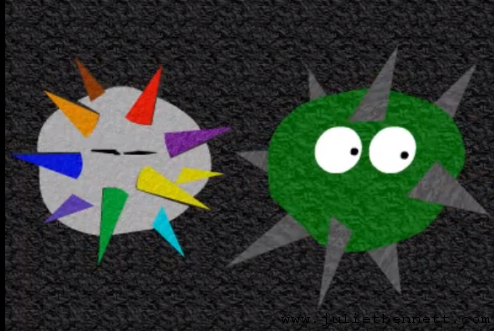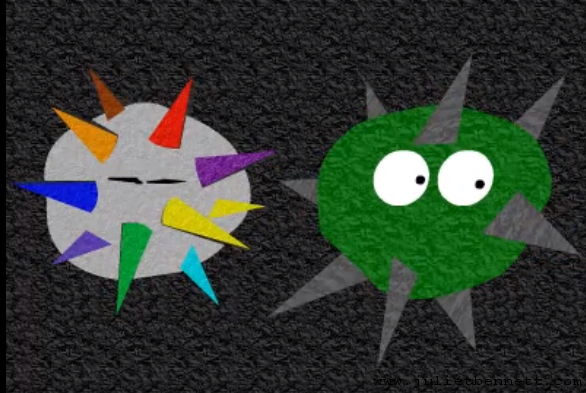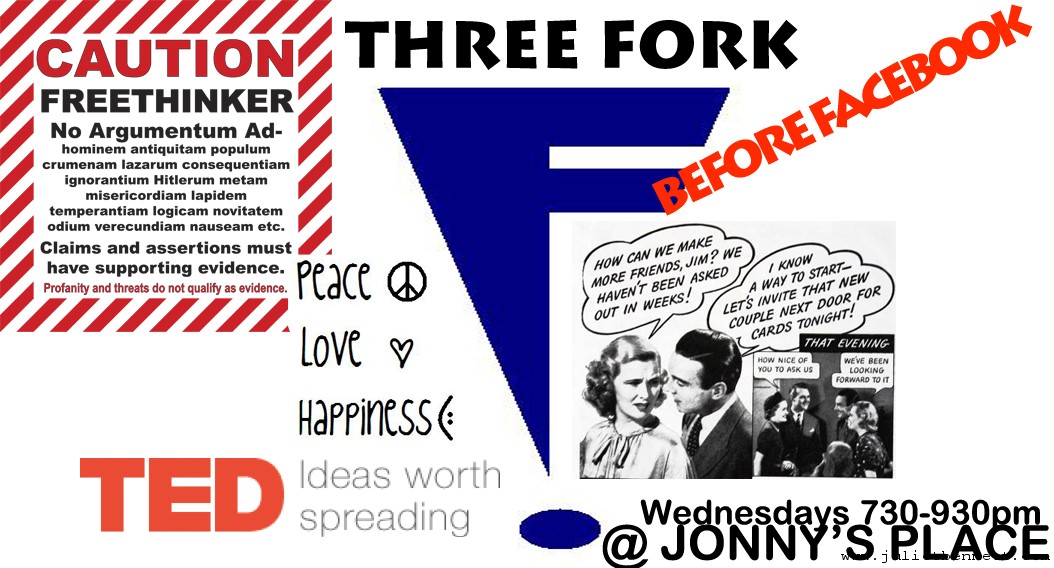During the Three Fork discussions (see this morning’s post, which I didn’t want to be longer than it already was) I began to relate the tension between left and right to the tension between the two parts of our “self” in time, that Paul Ricoeur refers to as the ipse and the idem.
- The ipse is the “selfhood” – the you that was living in a moment sitting at school listening (or not) to a teacher talk, the you that is living in the moment right now reading these words, and the you that will be in the moment in ten years, twenty years, thirty years on in your future. This is the part of you that is constantly changing, defined by the separation, living in the present within a continuum of time. In accounting terms this might be seen as the Balance Sheet at any single point in time.
- The idem is the “Sameness” – the part of you that was you at ten, and is still you at sixty. It is the long-term trajectory of one entity in time. In accounting terms it’s the Profit and Loss Statement – observed through it’s changing values during a defined period.
- Ricoeur posits that the idem and the ipse are joined through narrative.
- Aspects of narratives communication include:
- promises (to which an idem works to hold the two separate ipse’s accountable for),
- convictions (the motivation for working to fulfil a promise),
- memories (one cannot fulfil a promise that they do not remember making),
- forgiveness (the ability to promise contains the ability to reverse that promise, and part of life living is the freedom of future idems),
- and finally the forgetting (the letting go, the moving on, the closure and space for new beginnings).
What the right side is to the left side of the brain, the ipse is to the idem of a personal identity.
Selfhood within Sameness. Separation within Connection. Conflict within Conformity.
Neither side of the brain can operate without the other. Some doses and mixtures of either part can be destructive, while other doses and mixtures of the two can be creative.
 [1]
[1]
We face these tensions in our daily life: one ipse’s decides to lose five kilos, yet one’s future ipse may decide to eat a block of chocolate.
The long-term state of a person relies on the short-term decisions that person makes.
Similarly the long-term state of a society relies on the short-term decisions of its citizens.
Peace or violence?
In a way this tension between Right and Left, the tension of the Collective and the Individualist, the tension between “you” and the “you-in-this-moment”, and also relates to the tension between Structure and Agency (that is, the power of the collective institutions and processes Vs the power of individuals who act and react within those systems).
A life led by the right side of the brain = peace in the short-term, bliss in the moment of feeling united and at one; but without the left it leads to self indulgence, vulnerable to the violent side-effects of conformity when it is not matched with some conflict – critical thinking, questioning the context, separation from the norm.
A life led by the left side of the brain = violence in the short term, even simply the act of being separated, standing alone, in fear of death, in a struggle to survive, with violent effects that the pursuit of individual self-interest can cause.
By and large I think the left side is more painful – as it is defined by the separation; and the right side is more blissful – as it is defined by the connection. Yet bliss and pain are temporary states, felt inside a moment. If one wanted only to create peace in the world for a moment, the right side of the brain would be the key.
But if one wants to decrease violence and increase peace in the long-term, looking to the right side for solutions is a waste of time. In the case of Jill Bolte Taylor, had her brain not returned to the left side periodically she wouldn’t have managed to call for help. The right side, the bliss, may have been great – but it wasn’t going to help save her life.
The same can be said about drugs or even meditation – they may bring about states of nirvana and bliss, but these states are temporary and hence must be used in conjunction with what the left side of our brain has to offer.
The Right and Left together can = peace or violence in the long term. It depends on the dialogue and relationship between the two.
Capitalism defines the relationship in economic terms, applying Right (politically) principles of individualism, privatisation, self-ownership as the path to harmonious market-driven futures that are also better for the whole.
Marxism defines a relationship that considers revolution, the Left (politically) undertaking largely violent conflict to take over the Right and force Leftist principles of shared ownership etc onto the world for the better of the whole.
Both Adam Smith and Karl Marx developed their theories in hope of bettering society, making it more peaceful, yet neither theory seems to get there. The side effects and long term trajectory of both are pretty depressing.
What’s the solution? I have no idea except to say I think there’s something worthy in continuing the process of seeking it. Do you?
[1] From the YouTube clip with audio of Alan Watts and South Park animators Trey Parker and Matt Stone:


